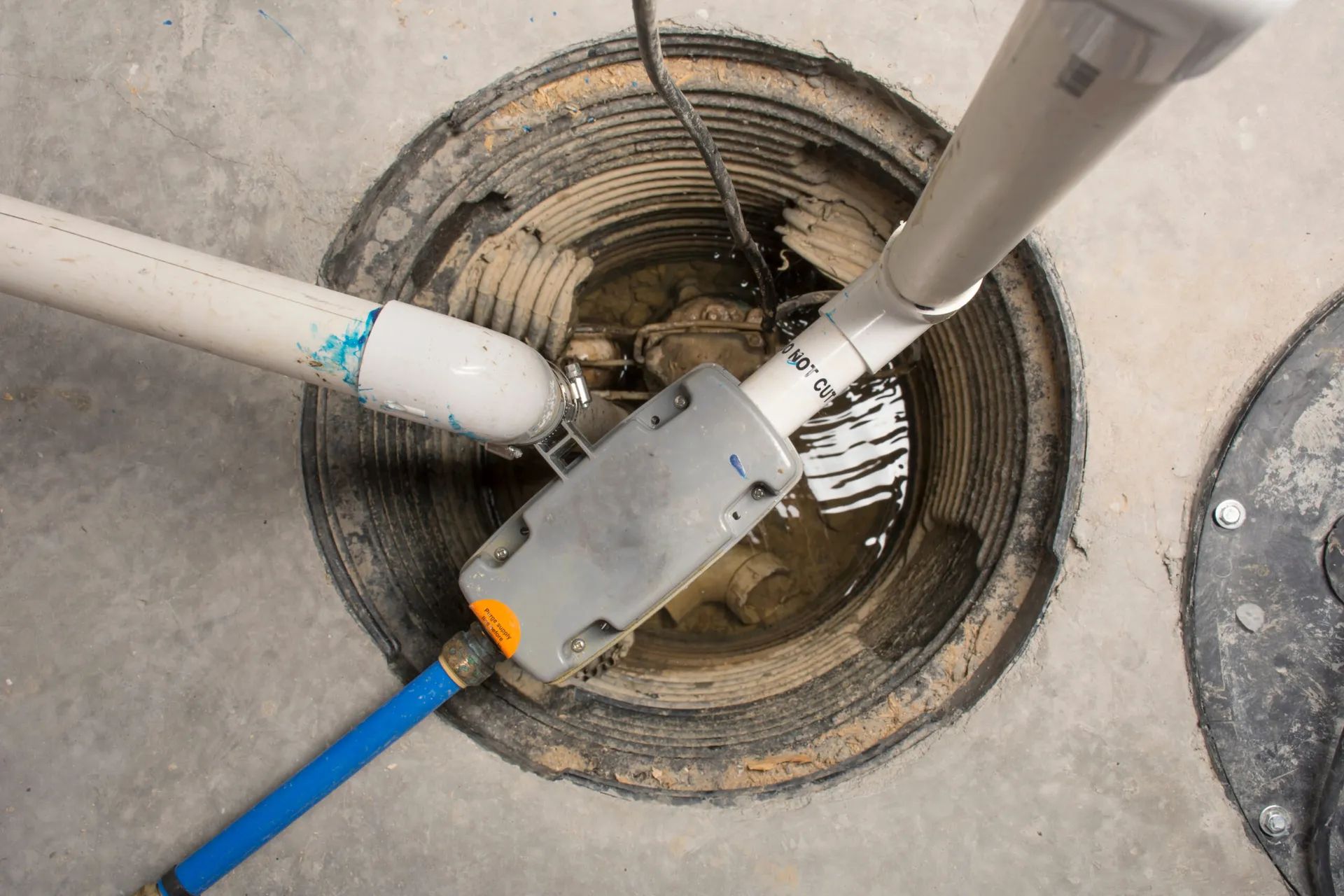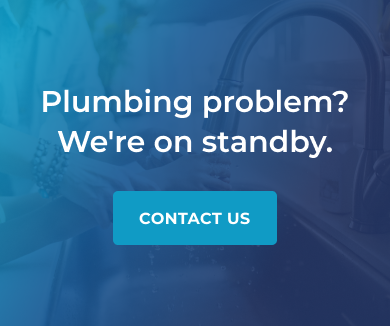
What Is a Sump Pump and How Does It Work?
Feb 19, 2025
Many people are familiar with the term sump pump. However, far fewer realize the important role these plumbing devices play in keeping your home dry and preventing water damage. If you are wondering just what your home or business’s sump pump does and why it’s necessary, you’ve come to the right place. CK’s Plumbing can assist you with all your sump pump needs. Let’s explore the finer points of this vital home safeguard.
What is a Sump Pump?
A sump pump is a device that helps keep water from flooding the lowest levels of your home (such as your basement or crawl space). During times of heavy precipitation, the ground around these areas can easily become saturated with water. That water runs the risk of seeping into your home, causing flooding and water damage. However, a sump pump will work to capture this water and force it away from your home.
How Does a Sump Pump Work?
You can think of a sump pump as containing two parts: the sump and the pump. The sump is a hole (sometimes called a pit or basin) that is dug under the lowest level of your home. The pump resides within the basin. When it rains, the water level within the basin will begin to rise until it triggers a switch that activates the pump. The pump will then direct the water into a discharge line (sometimes called an effluent), and drain it away from your property. By doing so, the pump will provide a valuable level of protection for your property.
How Do I Know If I Need a Sump Pump?
One clear sign that a sump pump may be necessary is if your home’s lower levels have flooded before. However, just because it hasn’t happened doesn’t mean it will never happen. Installing a sump pump might be necessary if:
- The home sits in a low-lying area, flood zone, or near a body of water.
- You have frequent humidity, dampness, mold or mildew growth in your basement.
- The soil around the home holds a lot of water. For example, soils that contain a lot of clay, silt or peat are much more water-retentive.
- You live in an area with a lot of precipitation. Eventually, the environment can become oversaturated with water, which can then seep into your home.
In addition, if you have a finished basement, you have a lot more structural value to protect from water damage. Therefore, a sump pump might be a relatively good safeguard to have, regardless of the overall flooding risk your home faces.
What Are The Types of Sump Pumps?
Sump pumps generally fall into two categories:
- Pedestal pumps contain separate motors and pumps. The motor sits on a pedestal outside of the sump basin, while the pump itself sits in the hole. Because the motor sits outside of the basin, it isn’t exposed to water, and may have a longer lifespan as a result.
- Submersible pumps have their motor and pump within one unit. The unit sits within the sump basin beneath your basement floor. Because submersible pump units sit within water, their lifespans may not be as long as pedestal pumps’. However, they are often quieter and much more space-friendly than pedestal pumps.
However, the thing about pedestal and submersible pumps is that they both generally operate off of electricity. Therefore, if the power goes out, you might also need a backup pump to kick in to continue to protect your home.
- Battery backup pumps kick on when rising water within your sump tank triggers a switch on the pump. The switch will then activate the battery. You will have to periodically replace the batteries, but this system can come in handy if primary pumps fail.
- Water-powered backup pumps use high-pressure water from your home’s water system to create a vacuum and force water from the sump basin and away from the home. These systems don’t use batteries or electricity, but they may increase your water bill due to the increased water pressure.
Many homes have both primary and backup sump pump systems installed in order to safeguard against the risk of power failures. However, combination pumps, which contain both primary and battery-backup pumps in one unit, are also available.
Cost of a Sump Pump
Sump pump prices can vary widely from a few hundred to a few thousand dollars. A few of the factors that might influence the cost of your pump include:
- Quality: A durable pump made of high-quality materials may cost more, but may also last longer.
- Capacity: Pumps that can remove a higher number of gallons of water per hour (GPH) from your home often cost more, but may be more effective.
- Features: A pump with lots of bells and whistles — like battery backups, water level alarms and wi-fi connectivity — is likely to cost more.
Beyond the unit itself, other costs may accompany putting in a sump pump. For example, you might also need to lay new ground lines to drain the pump and acquire appropriate permits (depending on where you live). You’ll also need to accommodate appropriate labor and installation costs into your budget. Getting an up-front quote from a professional service like CK’s Plumbing can help you get a good idea for what these costs might be.
When Should You Replace Your Sump Pump?
The general lifespan of a sump pump is about 10 years. However, factors like the quality of the pump and the amount of usage it receives may impact this lifespan. If you begin to notice unusual noises, frequent cycling, problems with drainage, or a failure to activate, it may be a sign that your pump has a problem or needs to be replaced.
Trust Professionals To Do Sump Pumps Right
A well-functioning sump pump will help keep your basement or crawl space drier and safer even when it’s wet outside. CK’s Plumbing & Backflow is Raleigh and the Triangle’s trusted source for all your local sump pump needs. We’re the professionals who know how to do it right, so get in touch with us today for expert sump pump installation and repairs.

